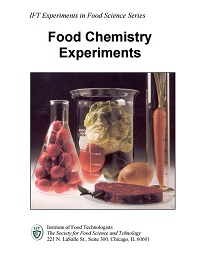
Food Chemistry Experiments
This free, downloadable 60-page booklet contains seven basic food science experiments designed for middle and high school students. Includes teacher/student activity guides.

This free, downloadable 60-page booklet contains seven basic food science experiments designed for middle and high school students. Includes teacher/student activity guides.
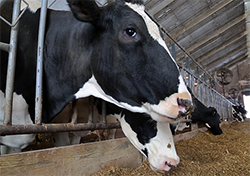
Read about the research for a mobile system designed to remove phosphorus from cow manure. This technology may offer dairy farmers greater flexibility in where, when, and how they use the nutrient to fertilize crops.
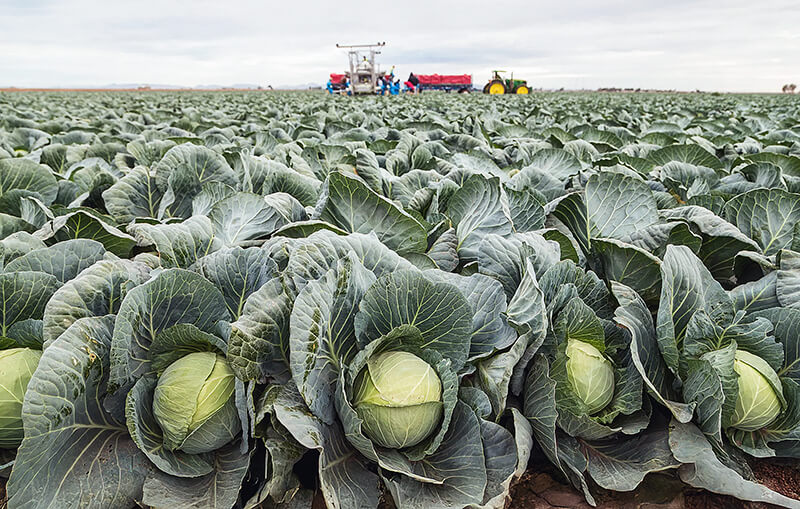
Learn about the safety system and protocols farmers and farm workers must follow while growing and harvesting lettuce and other leafy greens grown in Arizona. After an E. coli outbreak in 2006 the leafy green industry began approaching food safety in a new way. Learn the steps taken to protect your salad from foodborne illness.
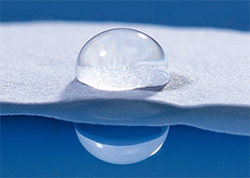
USDA Agricultural Research Service scientists developed a new starch-based film, or coating, that can make paper and other materials more water resistant and biodegradable. The film can potentially be used in food packaging, plastic bags, and other products, reducing the amount of synthetic products clogging landfills.
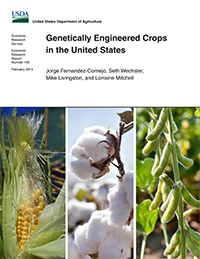
Despite the rapid increase in the adoption of genetically engineered (GE) corn, soybean, and cotton varieties by US farmers, questions persist regarding their economic and environmental impacts, the evolution of weed resistance, and consumer acceptance. This report examines issues related to three major stakeholders in agricultural biotechnology: GE seed suppliers and technology providers (biotech firms), farmers, and consumers.
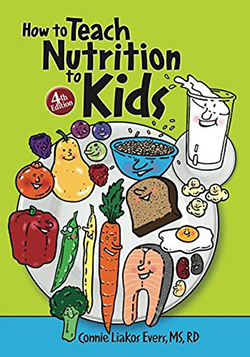
Teaching nutrition to children early and often is the key to developing healthy eating habits. The fourth edition of How to Teach Nutrition to Kids includes over 200 cross-curricular activities featuring the MyPlate food guide, children's books, gardening, recipes, food art, label reading, fitness and more.
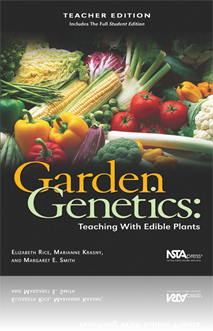
Tired of teaching genetic concepts with the same old pink petunias and Mendel’s peas? With Garden Genetics, you can present core content in ways that are fun for students and fresh for you. This two-part set—a teacher edition and companion student edition—is adaptable to biology students at all levels, including AP. It uses a series of activities and inquiry-based experiments with familiar foods to teach genetics while helping students make connections to ecology, evolution, and plant biology.
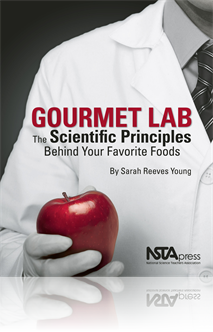
Hands-on, inquiry-based, and relevant to every student’s life, Gourmet Lab serves up a full menu of activities for science teachers of . This collection of 15 hands-on experiments, each of which includes a full set of both student and teacher pages, challenges students to take on the role of scientist and chef as they boil, bake, and toast their way to better understanding of science concepts from chemistry, biology, and physics. By cooking edible items such as pancakes and butterscotch, students have the opportunity to learn about physical changes in states of matter, acids and bases, biochemistry, and molecular structure. What better topic than food to engage students to explore science in the natural world?
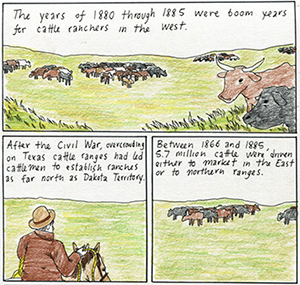
Modern Farmer magazine offers a number of illustrated accounts by Lucas Adams that depict interesting and important moments in agricultural history. The Illustrated Account of 'The Great Die-Up' of the 1880s tells the story of the winter of 1886-7, which was so harsh that only about one out of ten cattle survived, and the era of the open range came to an end soon after. Other accounts address topics such as the Pleasant Valley Sheep War, mulberry and silk production in 1830s Connecticut, a maple syrup heist, and dairy farming in the 1940s. These graphic novel style articles are sure to engage students from upper elementary to high school and older.
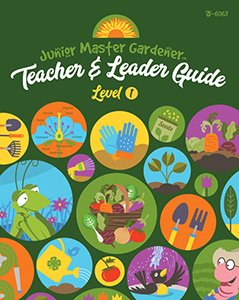
Ever suck a bug to study insects or make mud pies to evaluate soil texture? The 2016 revised JMG Teacher & Leader Guide provides elementary teachers with the tools to teach the world of gardening with eight chapters of novel, hands-on and proven lessons. The curriculum also helps develops life skills, includes career exploration and provides opportunities for students to culminate the JMG experience with service-learning projects. As students complete areas of study, they can earn different recognition certifications including designation as Certified Junior Master Gardeners.
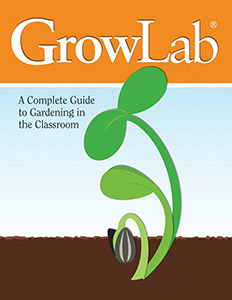
This manual was developed by the National Gardening Association to lead teachers through the basics of successful indoor gardening. Step-by-step instructions will guide you through setting up an indoor garden, planning and planting, choosing vegetables, herbs, and flowers to grow indoors, maintaining a healthy growing environment, tackling pests and other problems, and conducting special gardening projects.
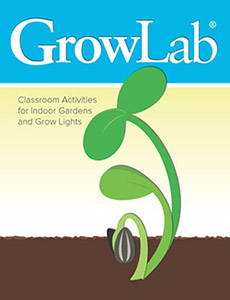
This curriculum uses fun, illustrated activities to explore life cycles, examine plant diversity, and investigate the interdependence between plants and humans. Whether you're growing plants in a greenhouse, under grow lights or on a windowsill, this comprehensive book provides you with all the information you need to use plants as a teaching tool in your classroom to engage young minds. . Meets National Science Standards.